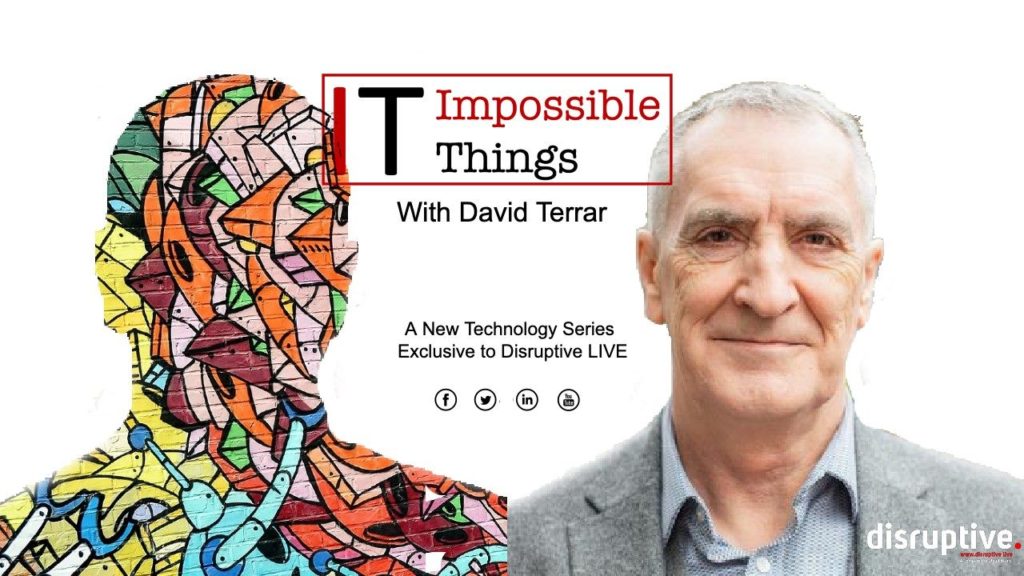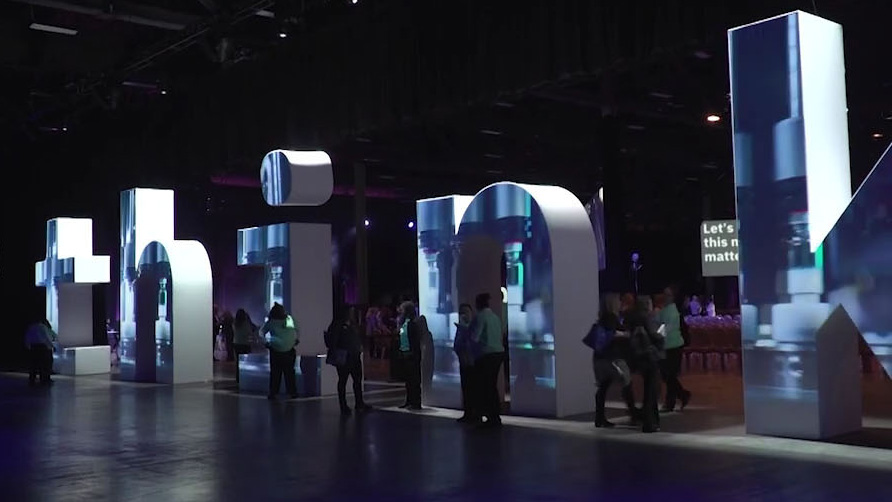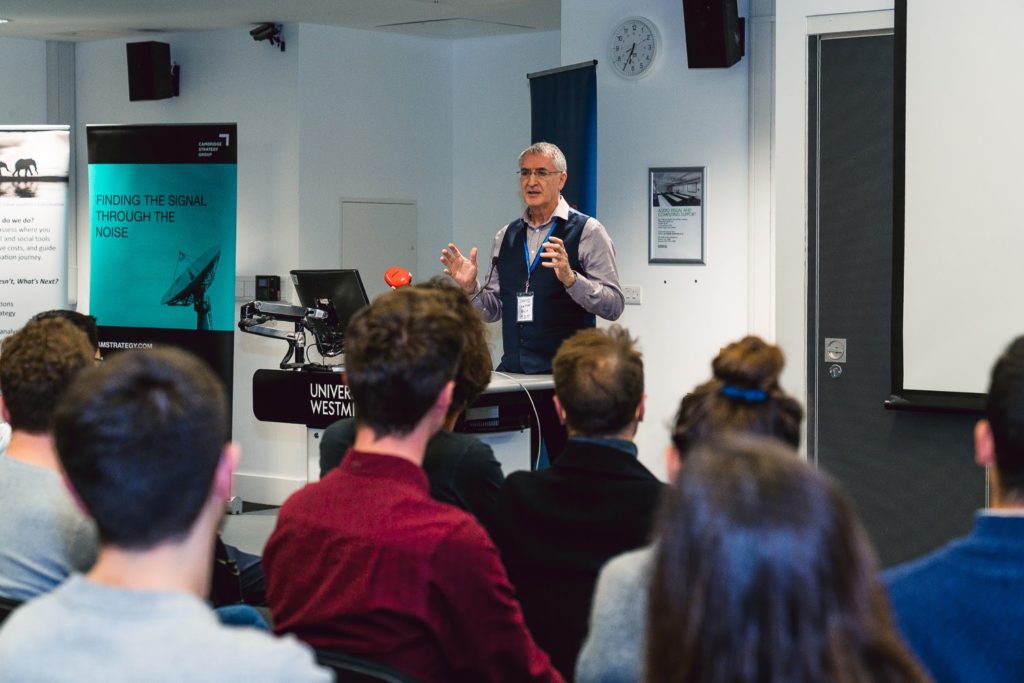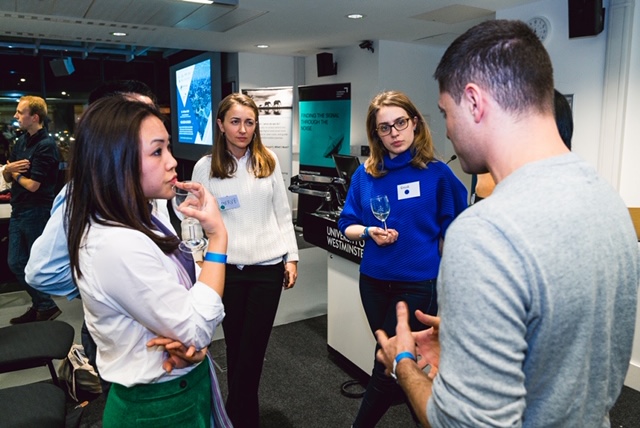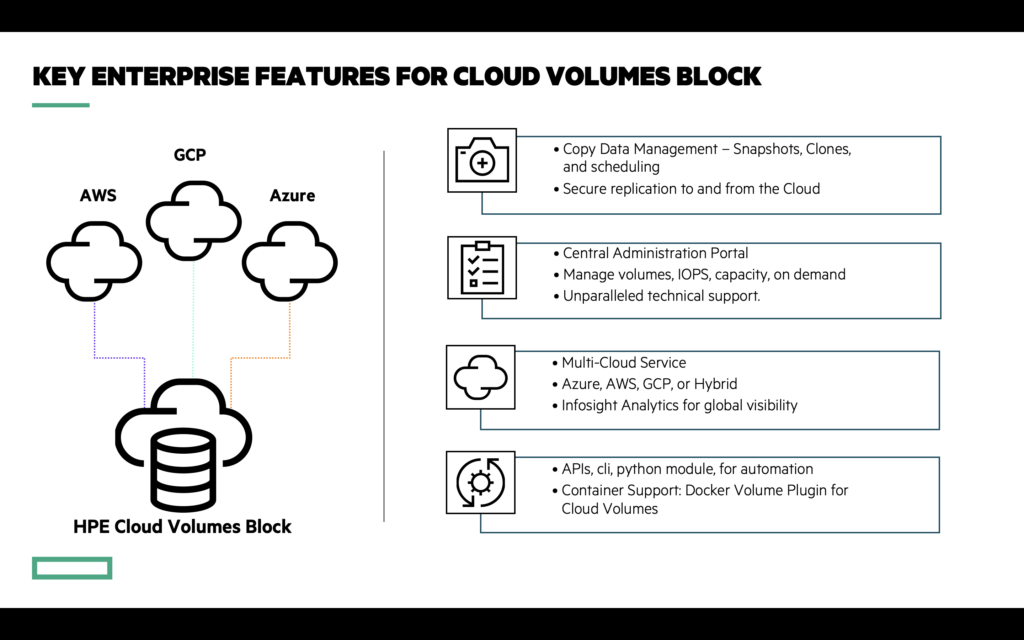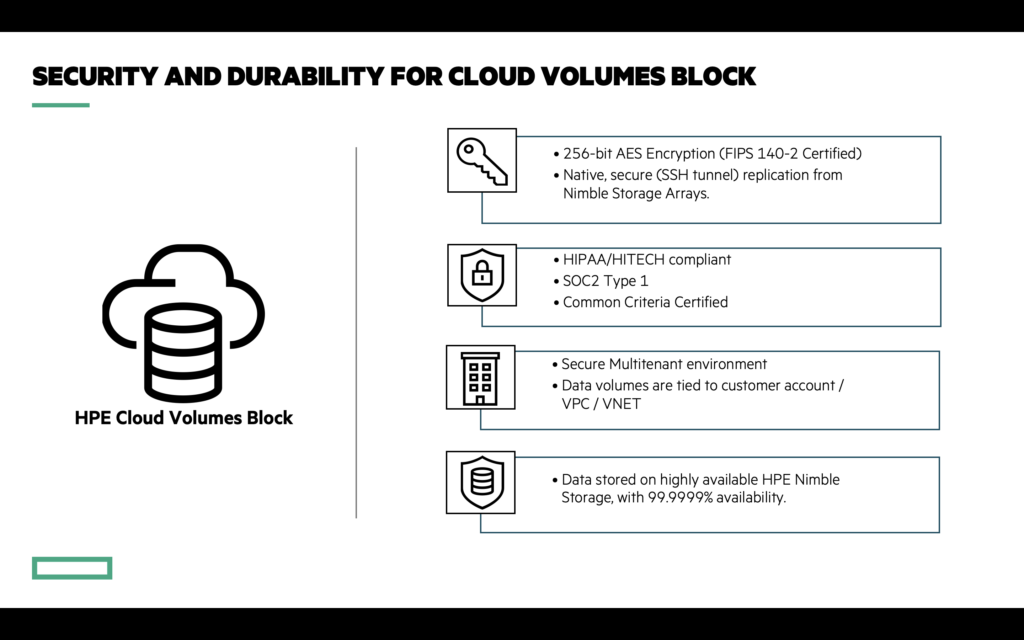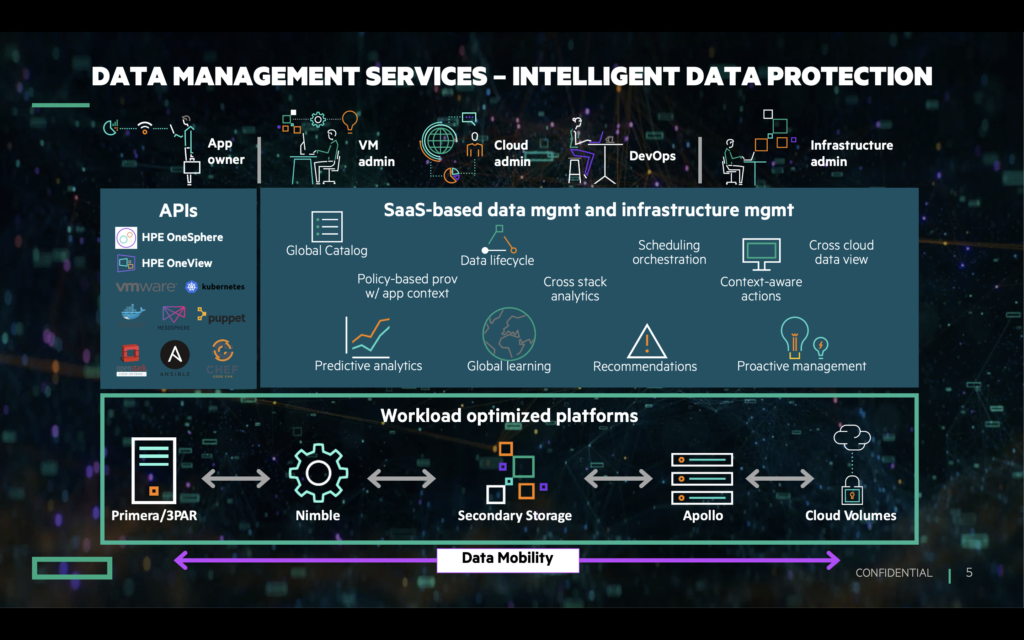The metaverse is not a thing. It’s not even recognised by my iPhone’s spell check and autocorrect, so it can’t be real. However, we can see what it might be through a glass, darkly. Even so, Mark Zuckerberg has rebranded his universe to suit it. He has said:
“Metaverse isn’t a thing a company builds. It’s the next chapter of the internet overall.”
That sounds exciting, but is it the next chapter? Haven’t we heard this before? What about all those people talking about it as if it actually does exist now, rather than a chapter yet to be written? What are they talking about? Ed Greig, Chief Disruptor at Deloitte says:
“In simplest terms, the metaverse is the internet, but in 3D.”
Satya Nadella of Microsoft, who is probably the smartest person I’ve ever been in a meeting with, says:
“The metaverse is here, and it’s not only transforming how we see the world but how we participate in it – from the factory floor to the meeting room.”
He’s talking in the present. What’s going on? Matthew Ball who was Head of Strategy for Amazon Studios, writes books, and is now CEO at Epyllion Companies says:
“It is a massively scaled and interoperable network of real-time, rendered, 3D virtual worlds that can be experienced synchronously and persistently by an effectively unlimited number of users, each with an individual sense of presence.”
Matthew is also saying “it is” – present tense.
But we have heard of something like this before, back when we “technology types” were all talking about web 2.0. Way back in 2003 a San Francisco based outfit called Linden Labs created an online multimedia platform that allowed people to create an avatar for themselves and then interact with other users and user created content within a multi player online virtual world. It was called Second Life. I can remember first hearing about it, then investigating and writing about it and other virtual worlds in 2006 and 2007. Back then I remember seeing a Sky News item on the music business using something called Habbo Hotel to promote new acts. Then I saw the size of the communities using Gaia Online, an anime-themed social networking and forums-based website, or a Massive multiplayer online role-playing game called World of Warcraft. There was a point in 2007 when it felt like the Second Life platform was going to take over the world. All the social media savvy people I knew created an avatar and started experimenting or doing business there. Inside the platform there was a virtual property boom, even leading to the platform’s first virtual real estate millionaire (having started with only a $9.95 investment). Major brands like Amazon, American Apparel, and Disney set up shop. IBM joined in and held meetings there. Dell sold PCs there. BBC Radio 1 held a One Big Weekend event on a 64 acre virtual island. Endomol created a version of Big Brother there. Big Banks joined in. Consulting firms opened offices. The interest probably peaked at some point in 2007, continued through to 2009, and then it didn’t take over the world… so most people lost interest and moved on.
So what’s real about the metaverse today. Let me point you to an excellent University of Cambridge policy document by Sam Gilbert. In his primer on it he says:
“The term metaverse refers to the open, persistent, real-time, interoperable, virtual world that could be built using web3 technologies. NFTs, blockchain, smart contracts, and cryptocurrencies are said to provide the payments and legal infrastructure needed to complement virtual reality (VR) capabilities, meaning that the vision presented in Snow Crash – or more optimistically, Ready Player One – can be realised. “
That’s the vision, but we aren’t there yet. An open, persistent, real-time, interoperable, virtual world won’t be science fact for while. A lot of global definitions, protocols, and standards will need to be agreed first. So what are people talking about when they use metaverse in the present tense? Gaming platforms. And there’s nothing wrong with that as long as they are clear about what they mean, and don’t try to pull the wool over your eyes.
If you google search for metaverse platforms, you’ll come up with a list that includes Roblox (which has 43.2 million daily active users), Epic Games, Decentraland (DappRadar says it has 650 Daily Active Users, but DCL metrics say they have 8,500 active a day), Sandbox, and Efinity. By the way, Second Life is still going and by comparison, pretty active with over 70 million registered accounts, and on average 200,000 active users a day.
Just like in the hypeday of Second Life, brands are successfully engaging and doing business with customers on gaming platforms. 21 million people have visited Nike’s virtual store on Roblox. Gucci, JPMorgan Chase, Selfridges, Benneton and ByteDance (TikTok’s parent company) are all investing in particular VR and gaming platforms. My particular favourite story I’ve heard recently is the Burberry x Minecraft collaboration. Their Capsule Collection is available for digital download in the Minecraft marketplace, or you can buy physical Minecraft scarfs to wear yourself from the online dot com store.
There is definitely an audience that many brands can spend their marketing budgets on finding and starting conversations with on particular gaming platforms where they hang out. There are particular tools, techniques and approaches for exploiting these AR and VR experiences more successfully that technology companies, consultants and agencies can help with. But let’s tell it like it is and not confuse that with the metaverse.
A version of this post was published on the Bloor Research website. If you are interested in finding out more about our thoughts on the metaverse, blockchain, web3, and other new technologies, then please contact us so we can start a conversation.

